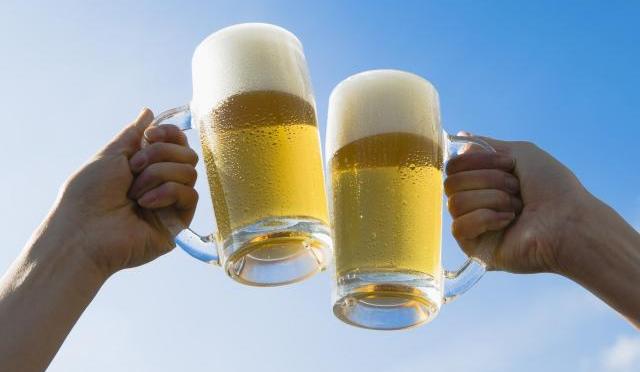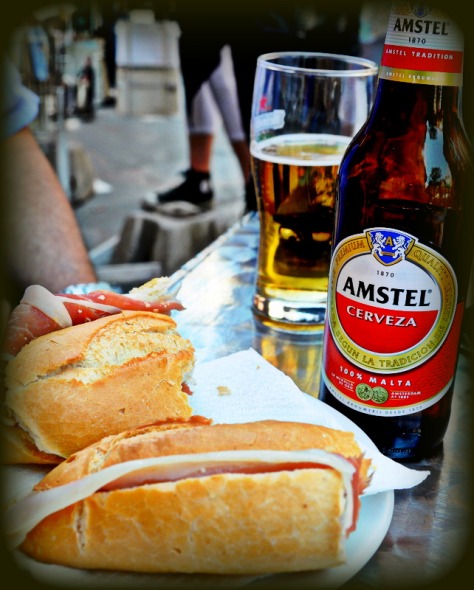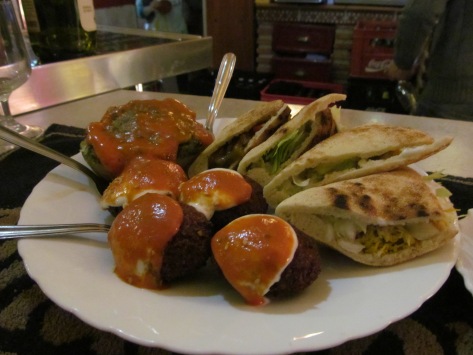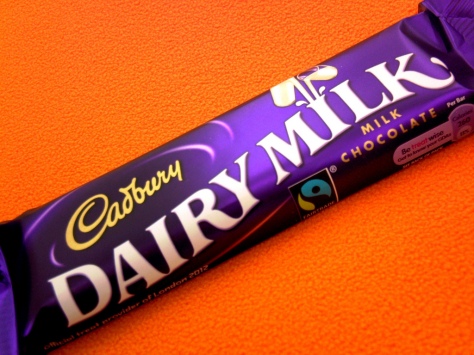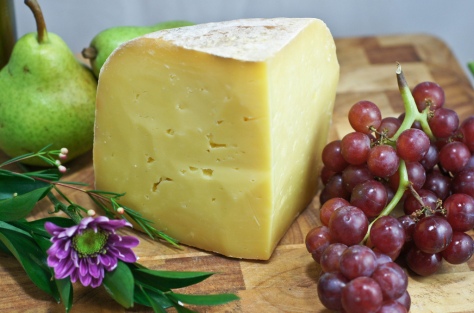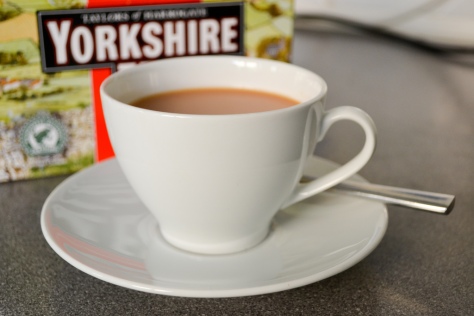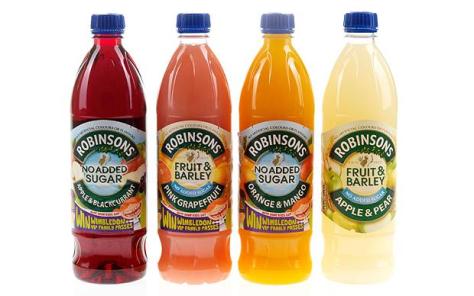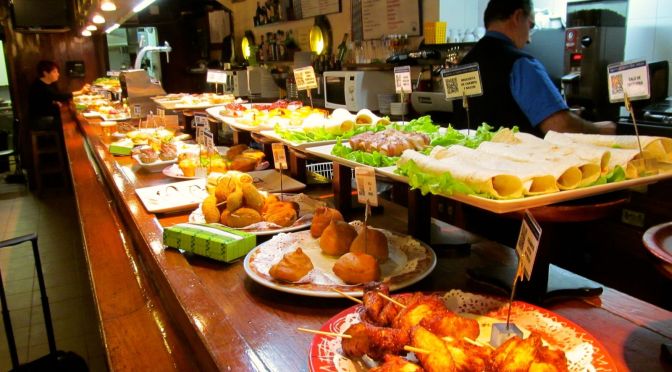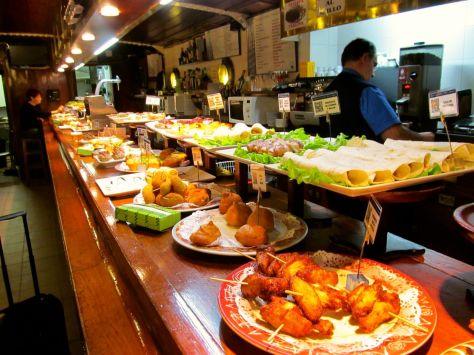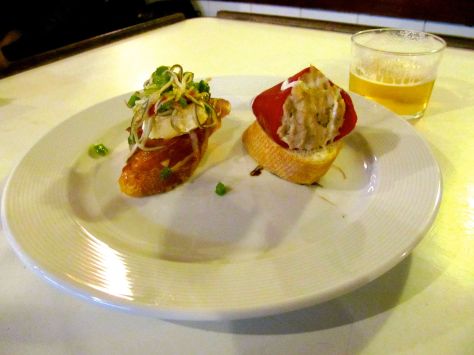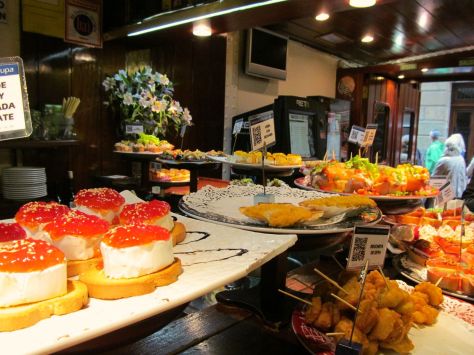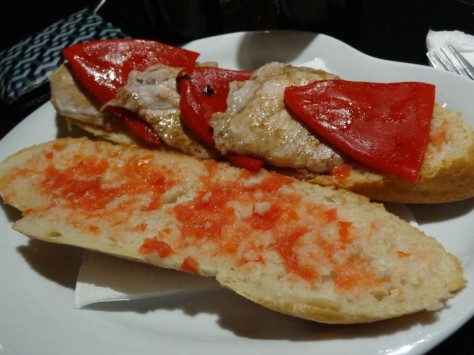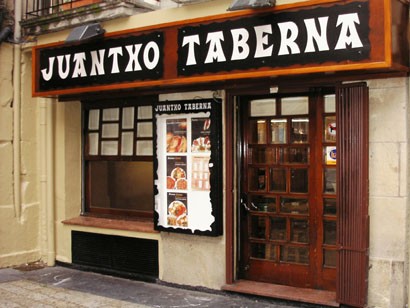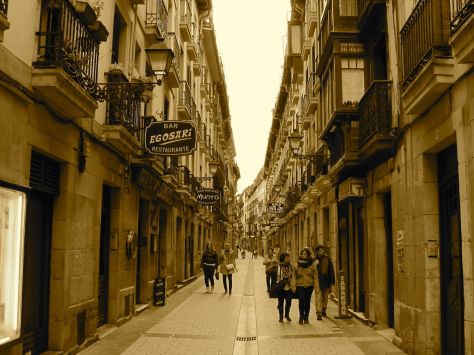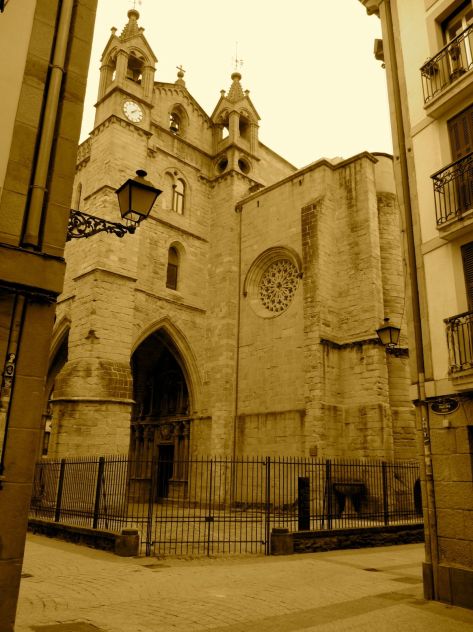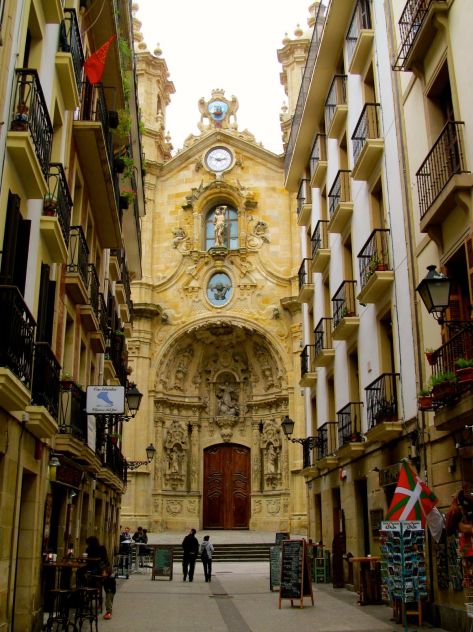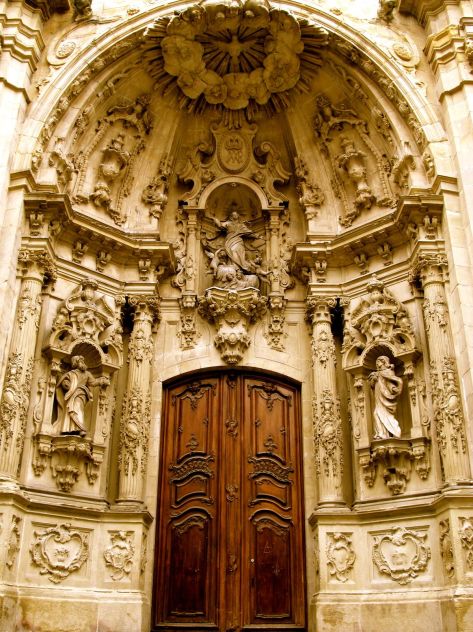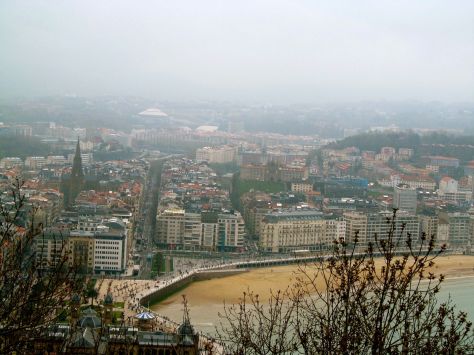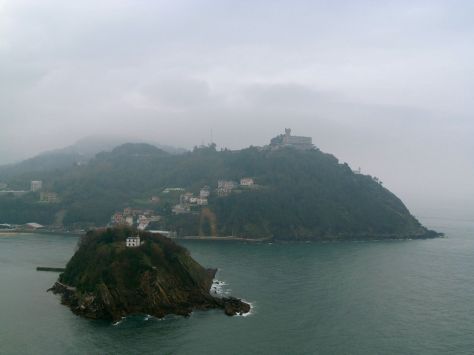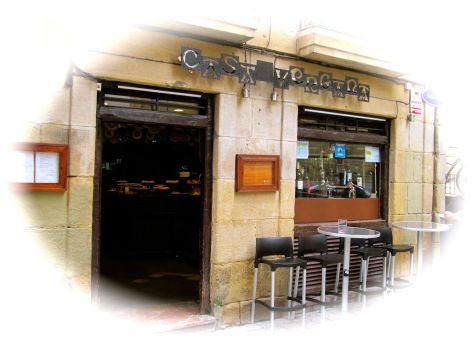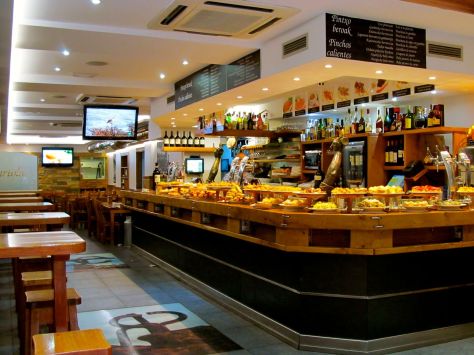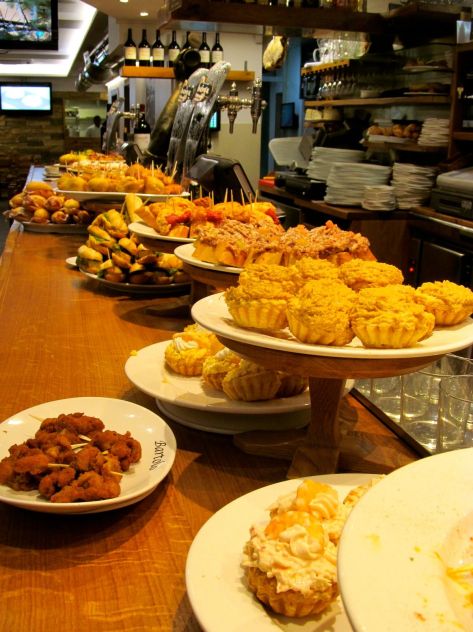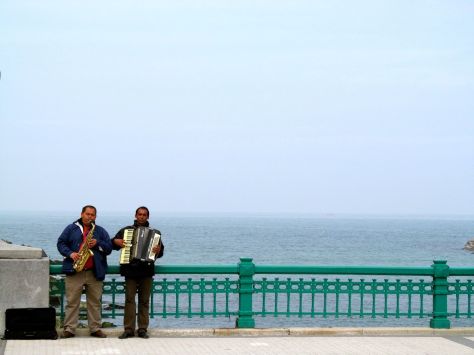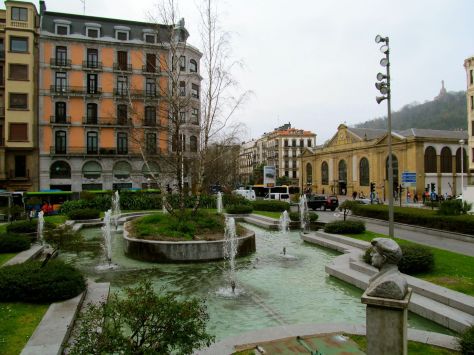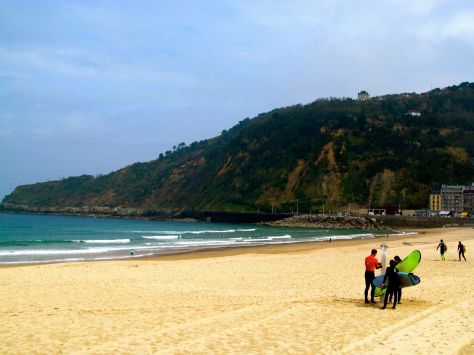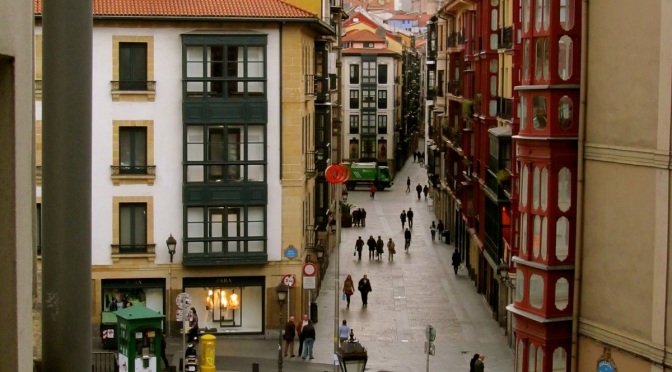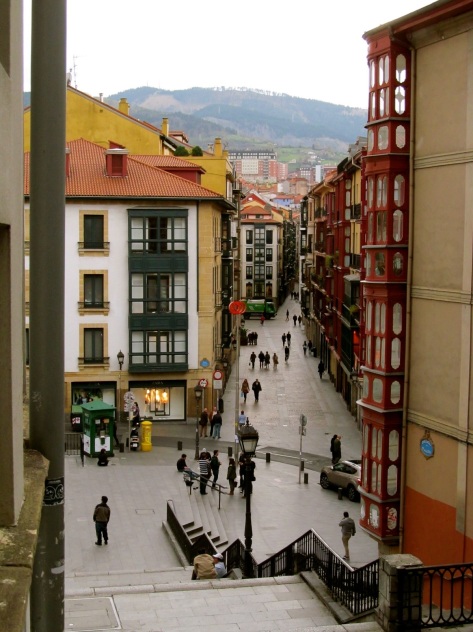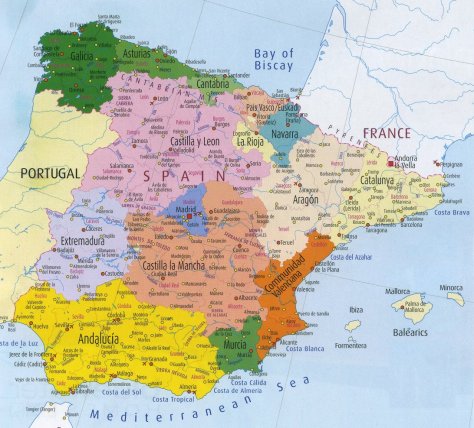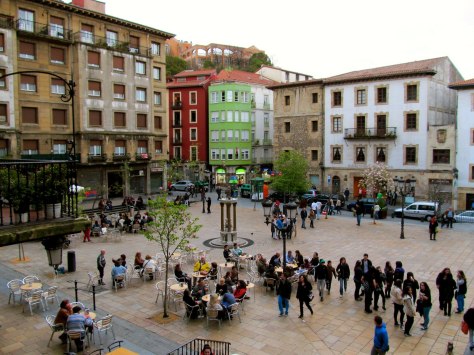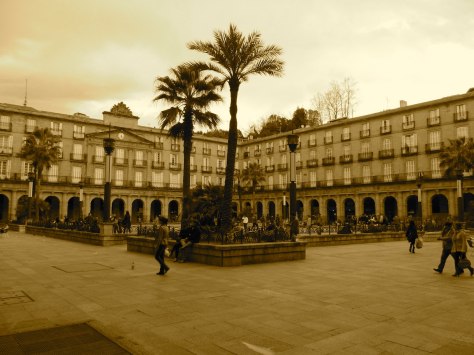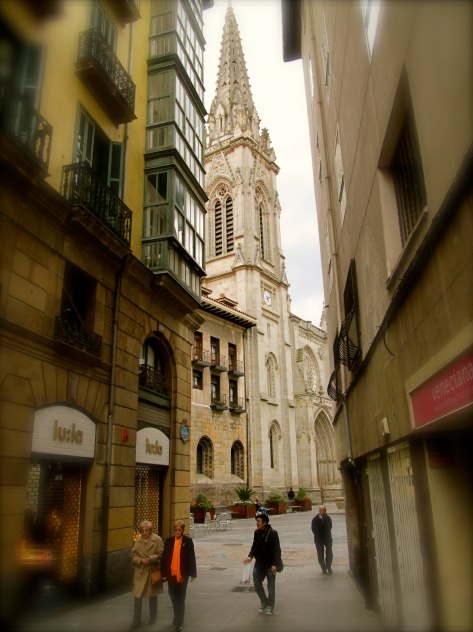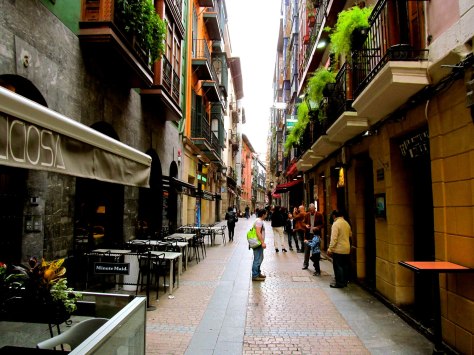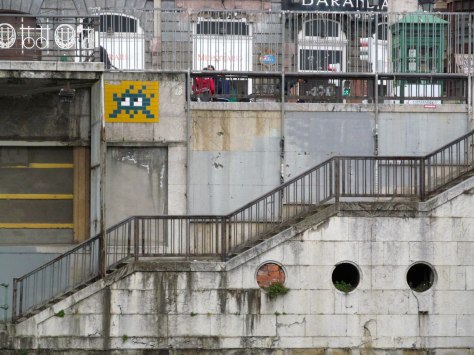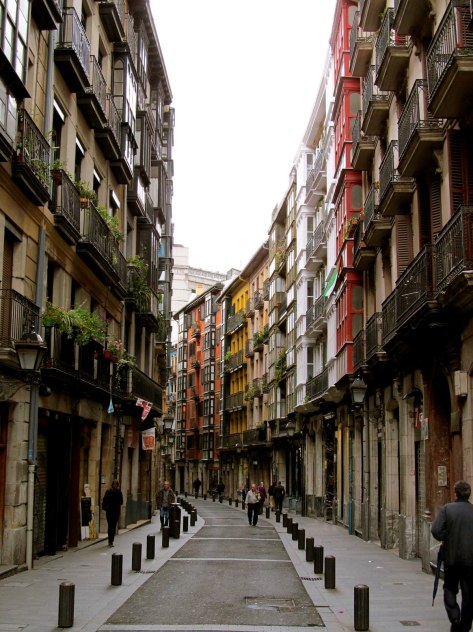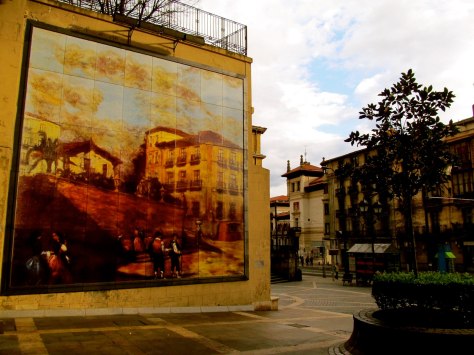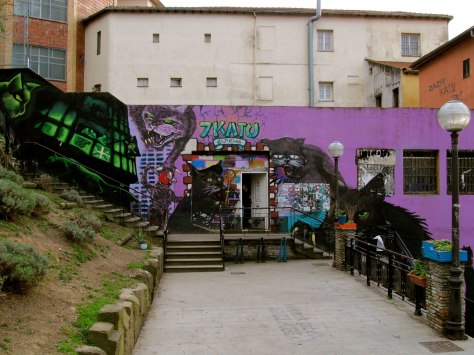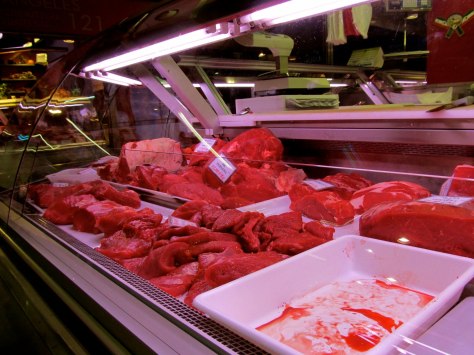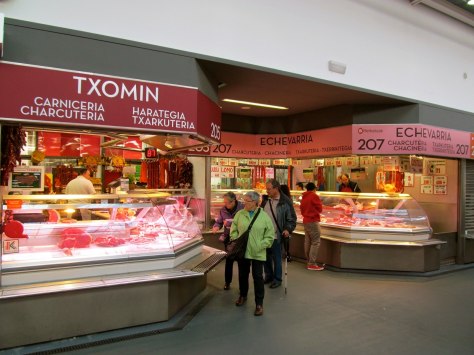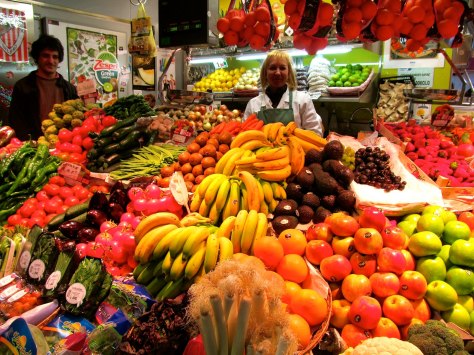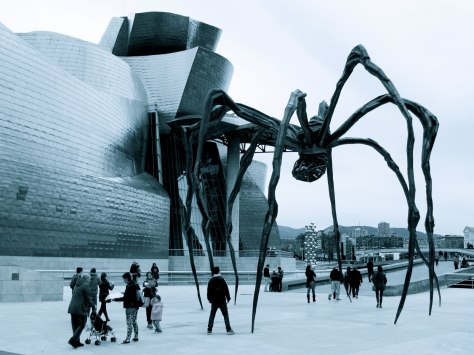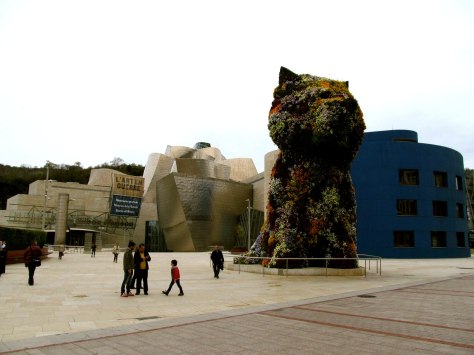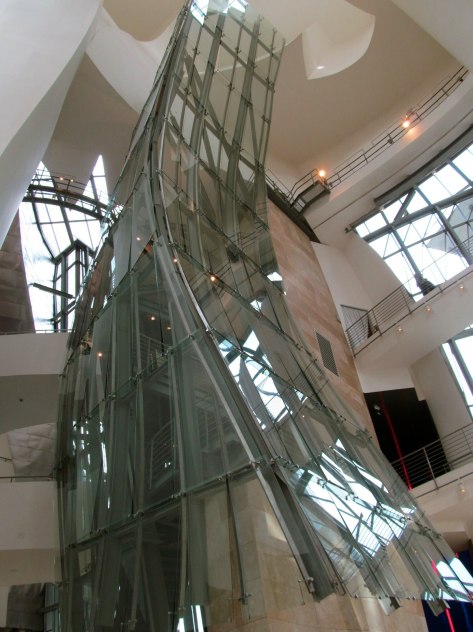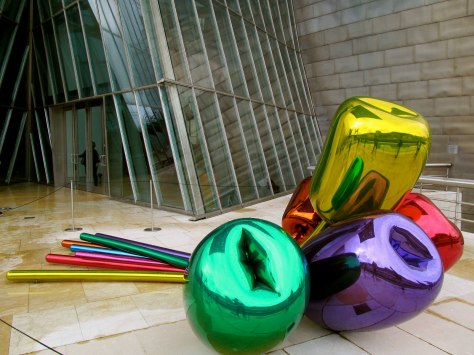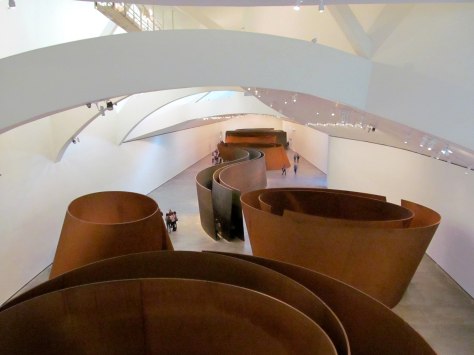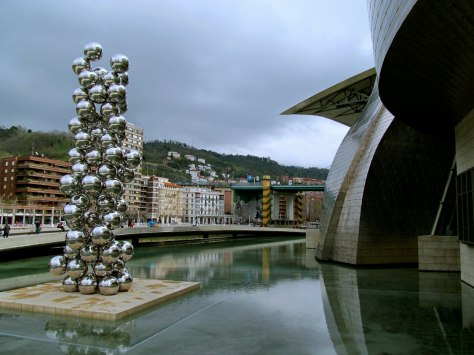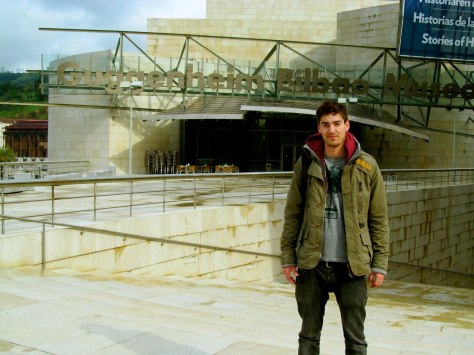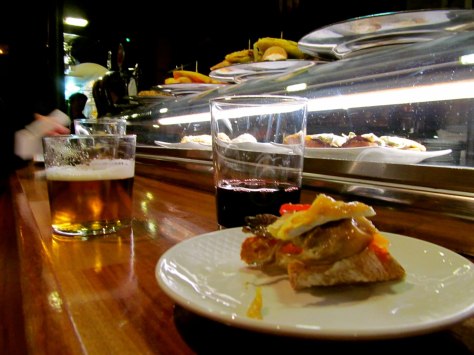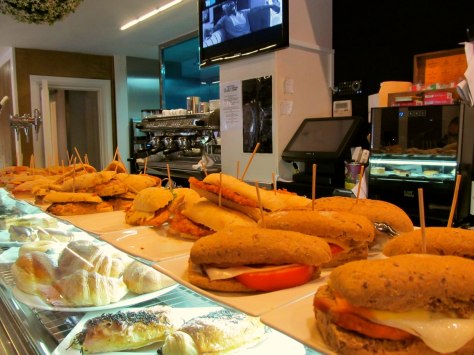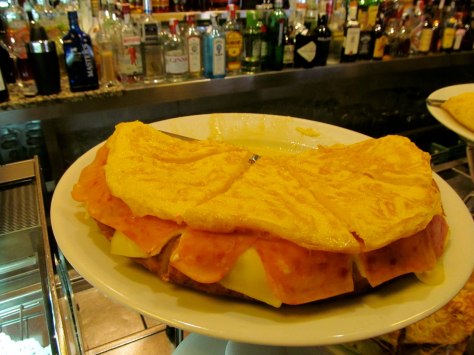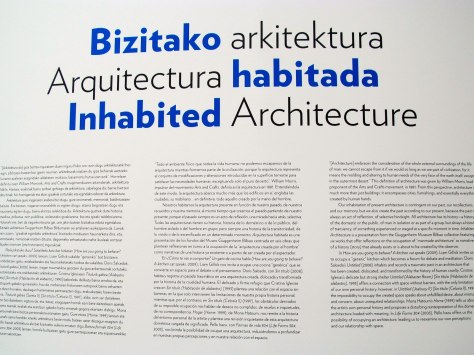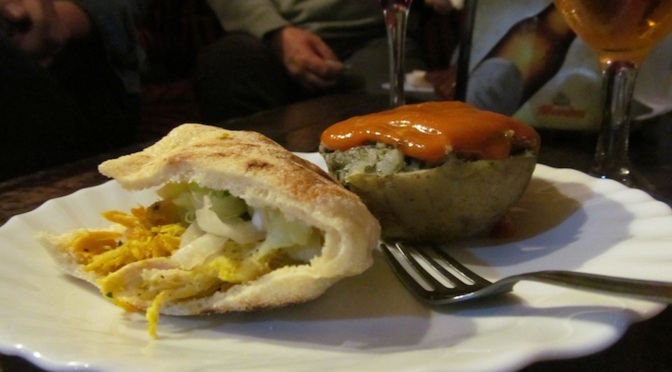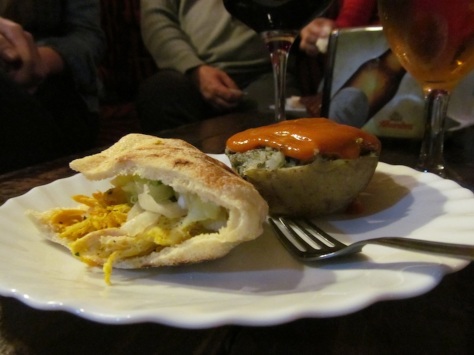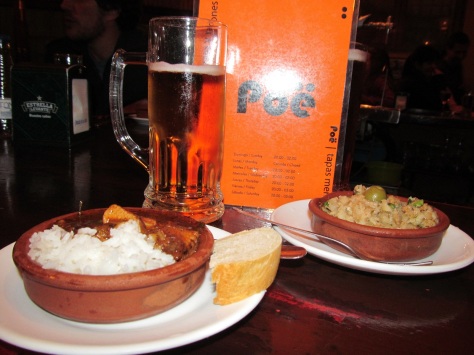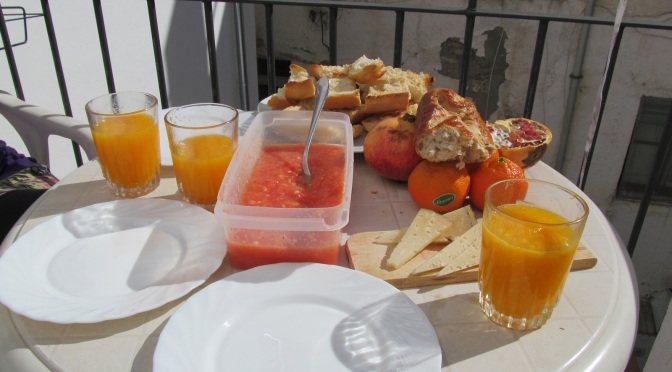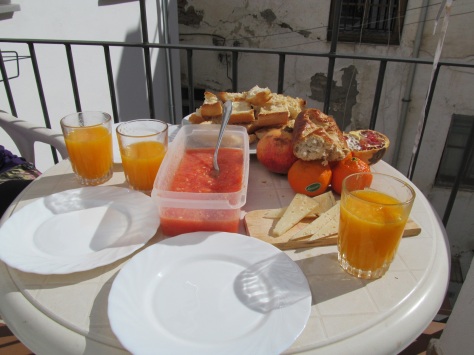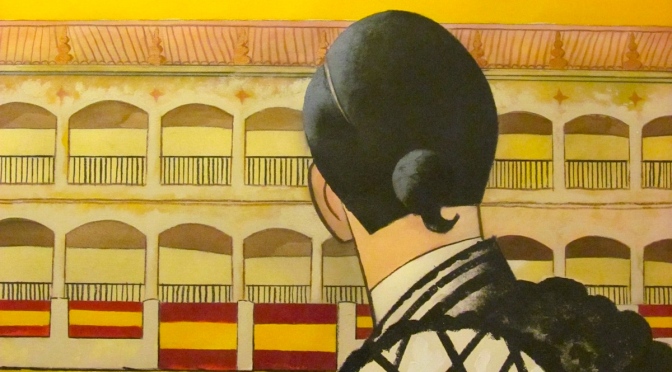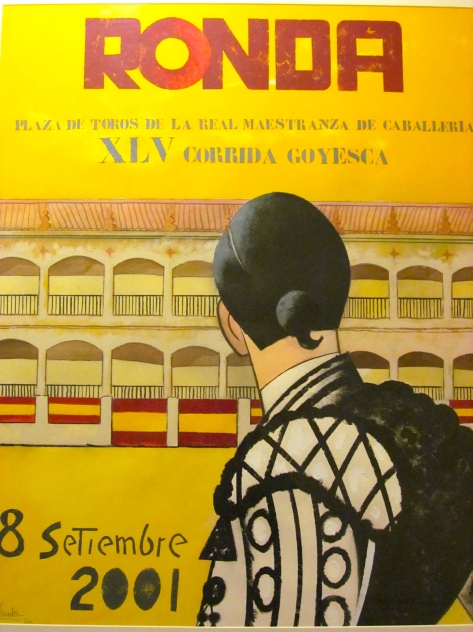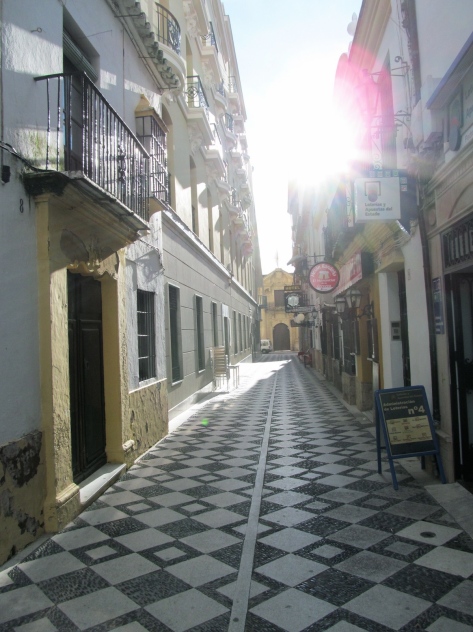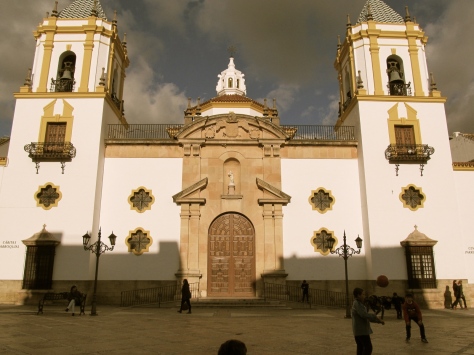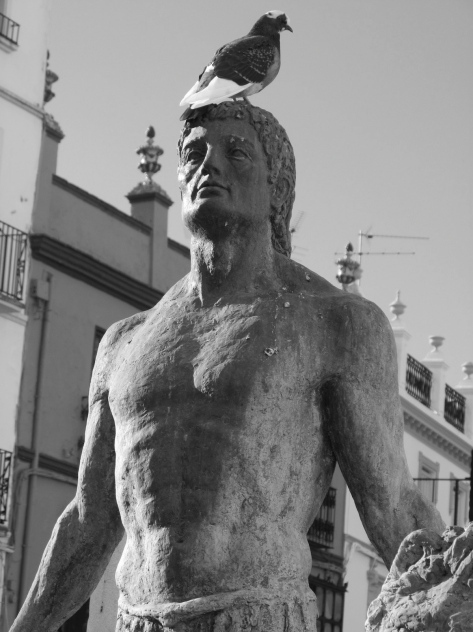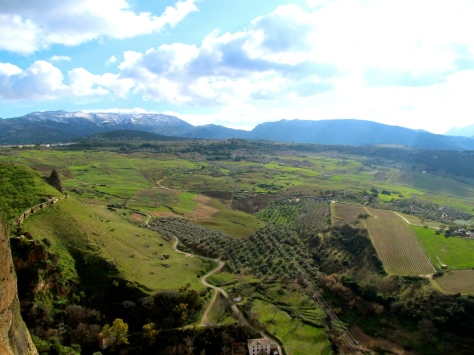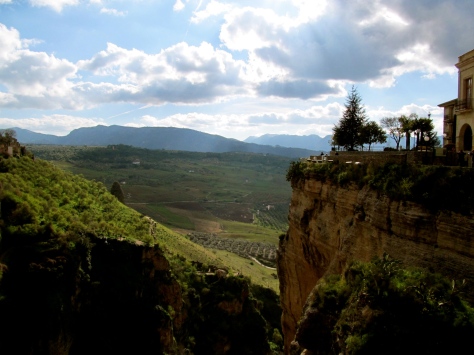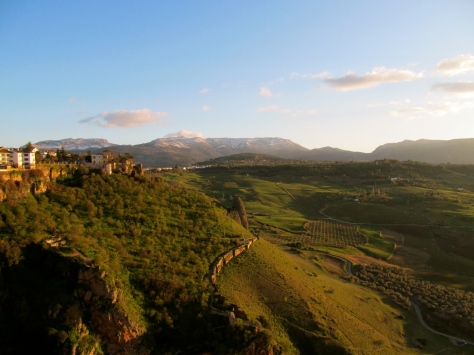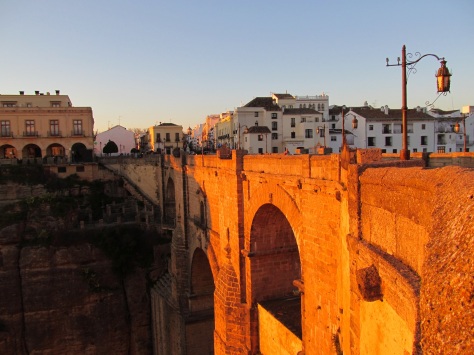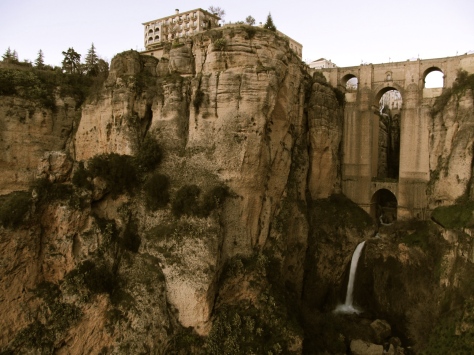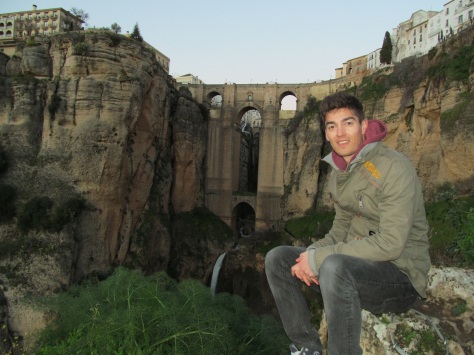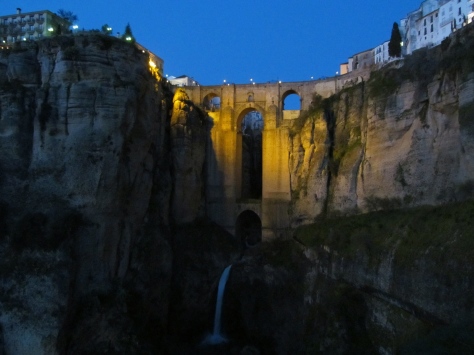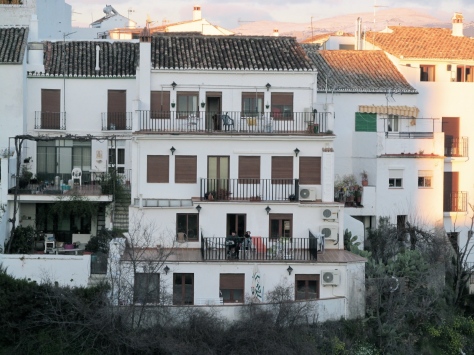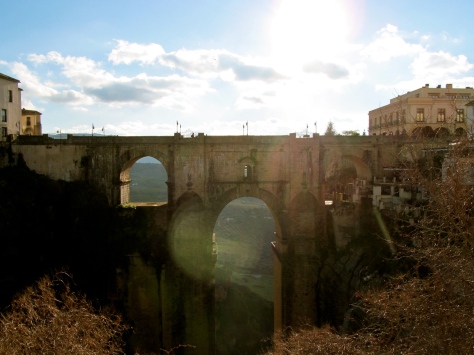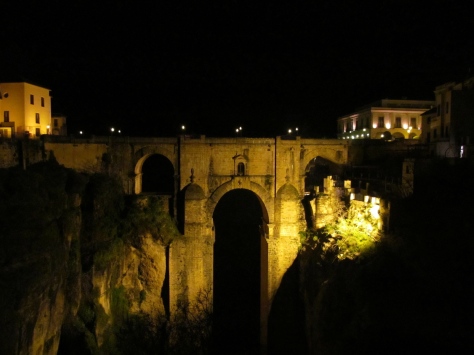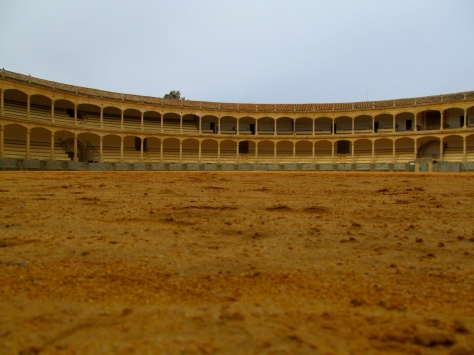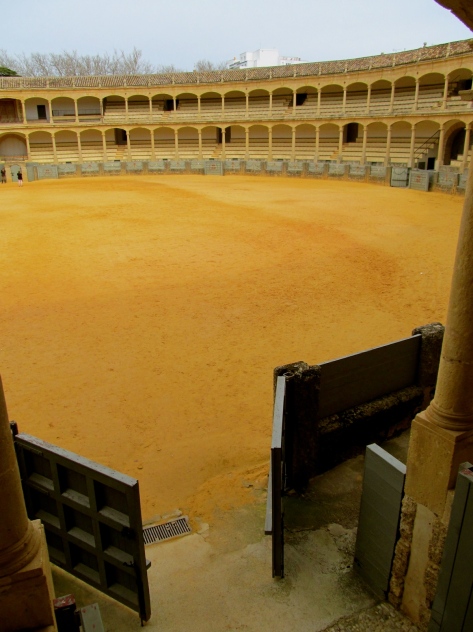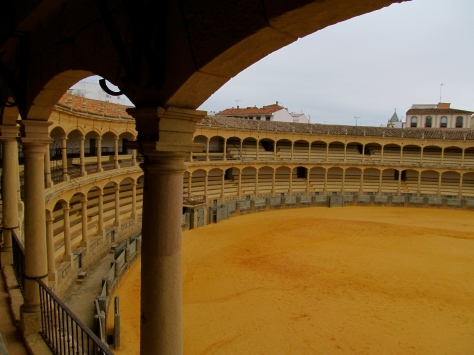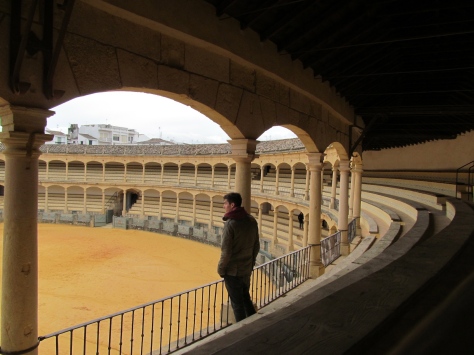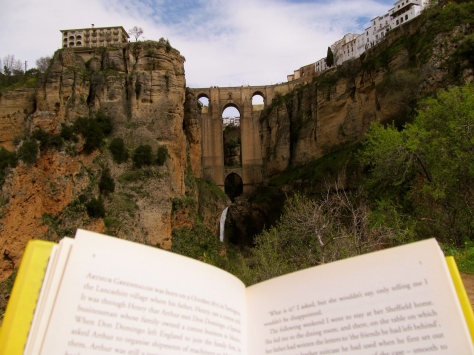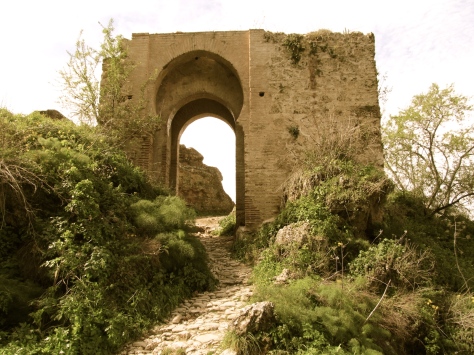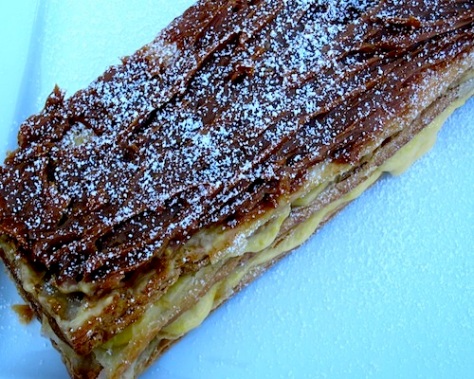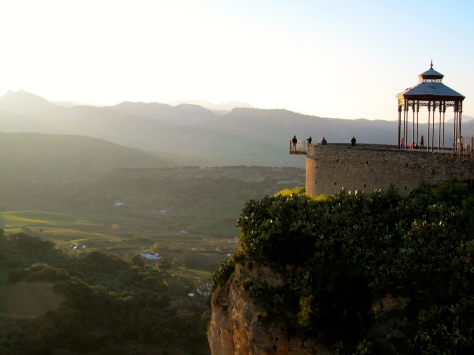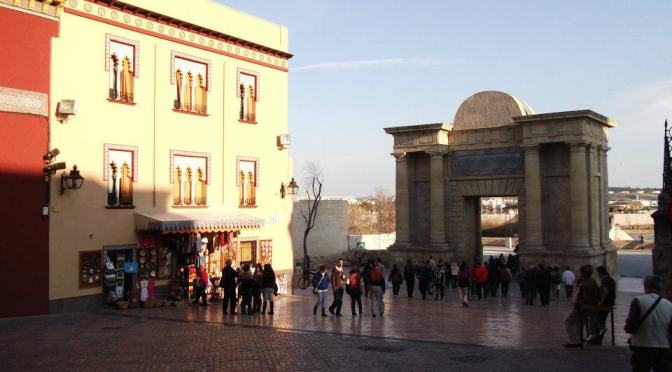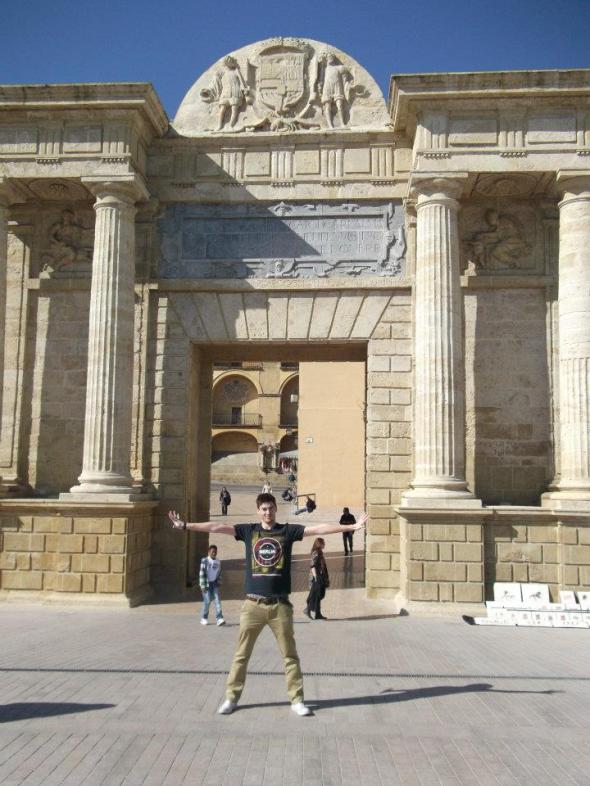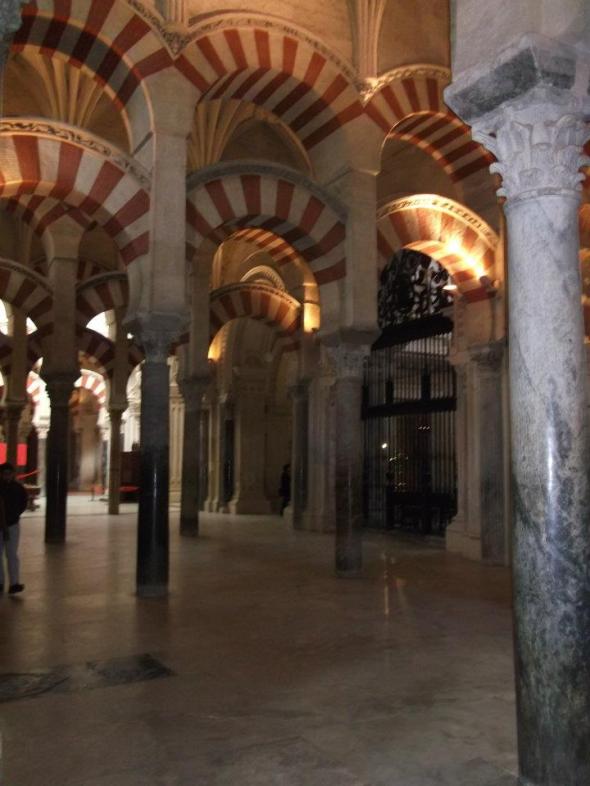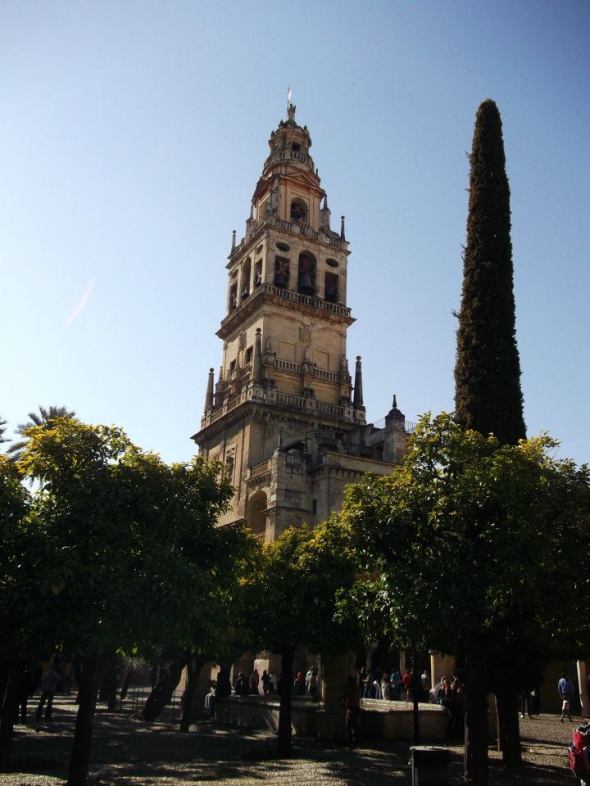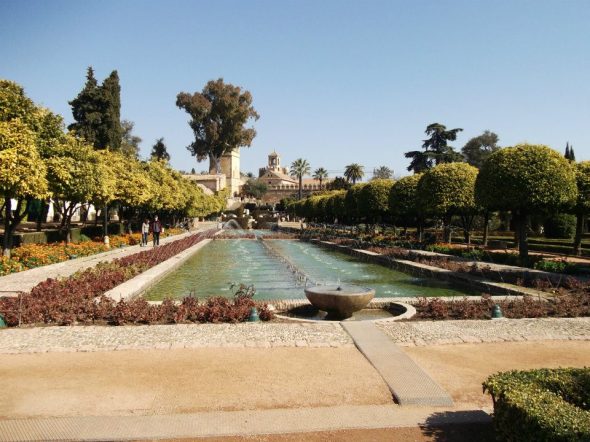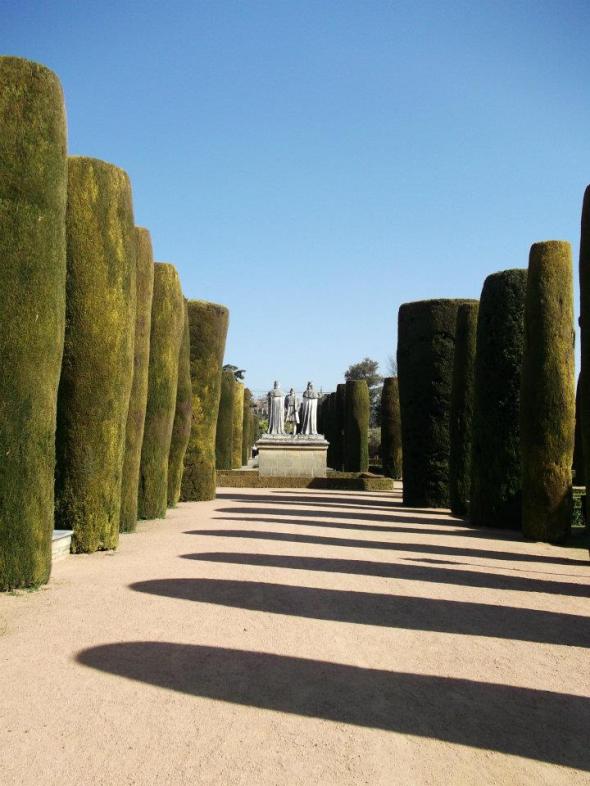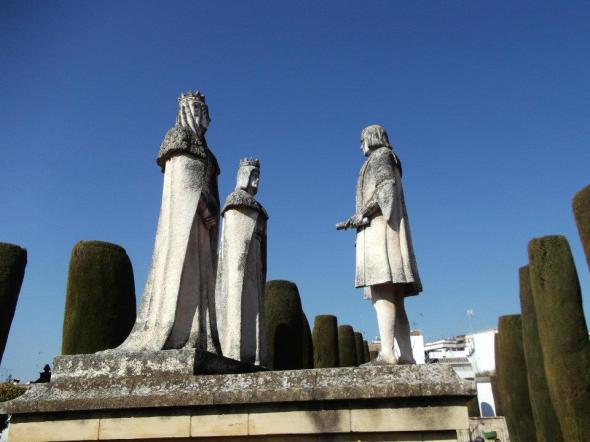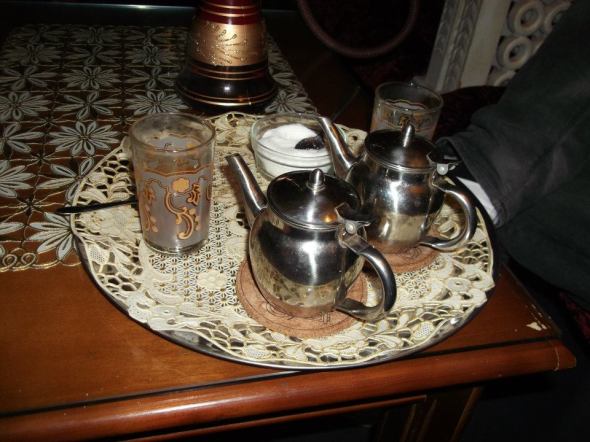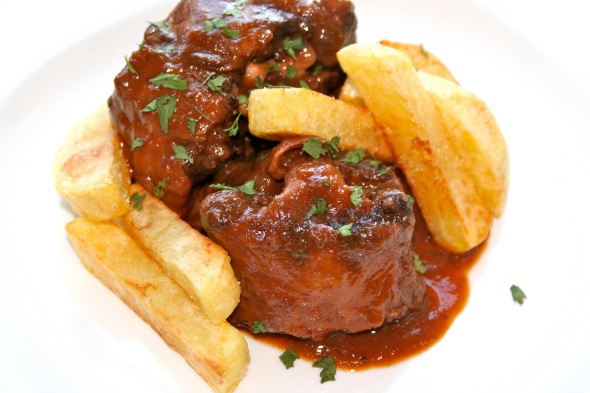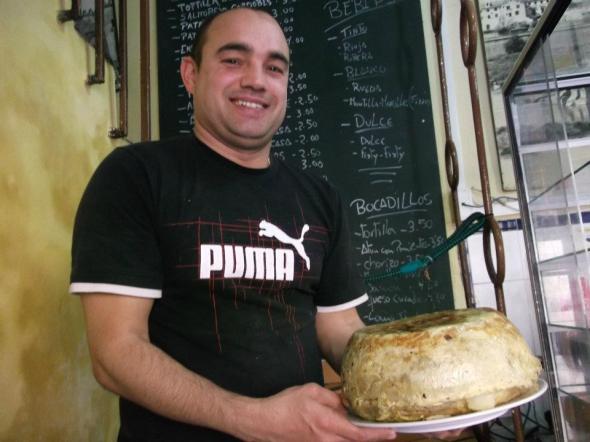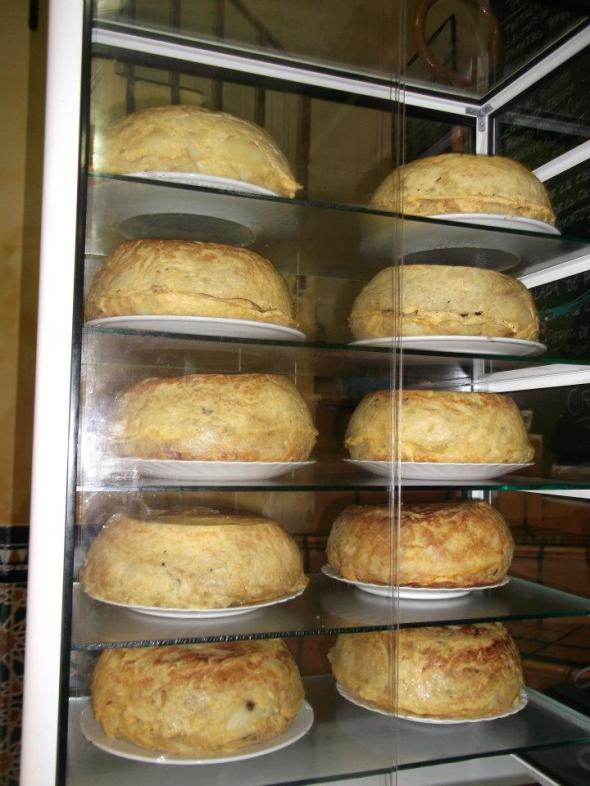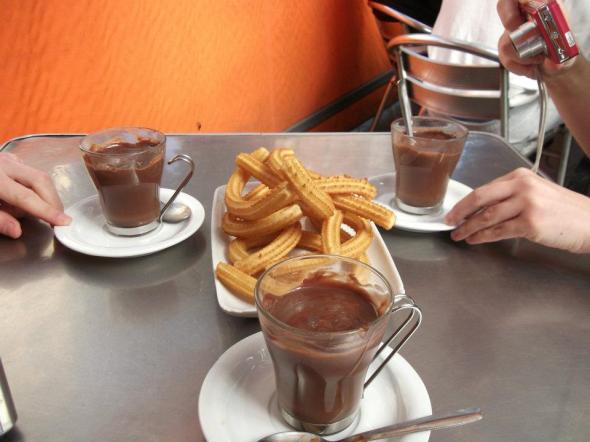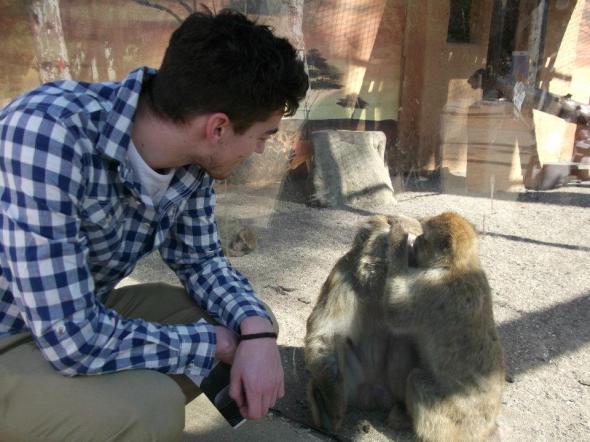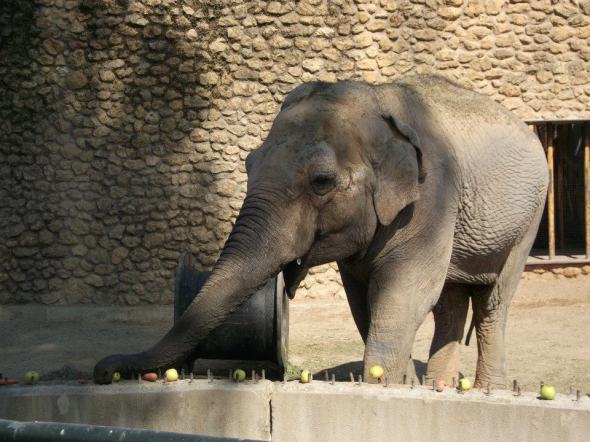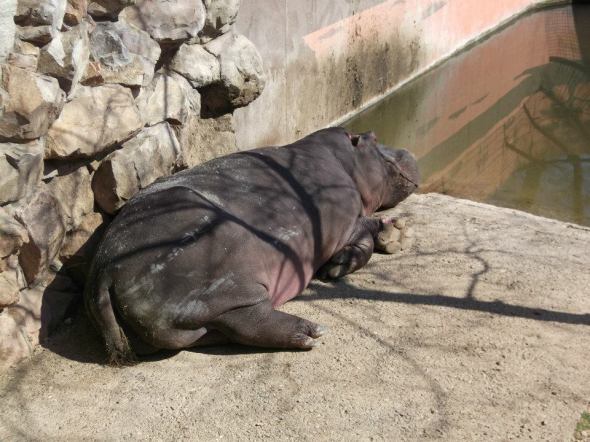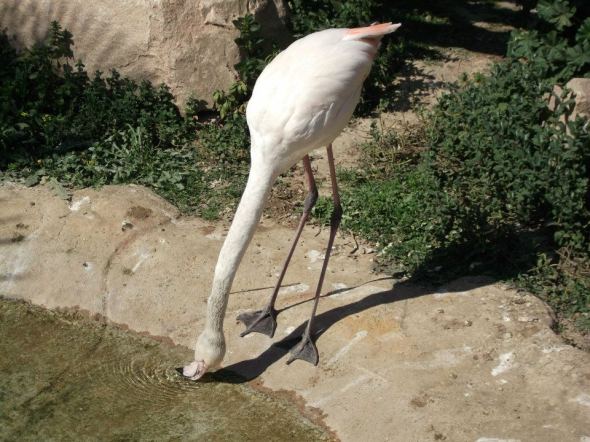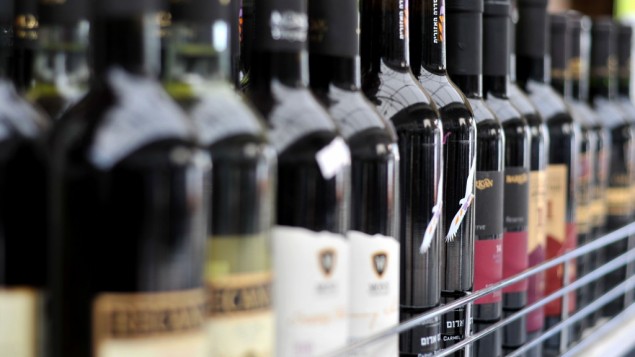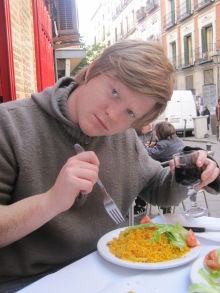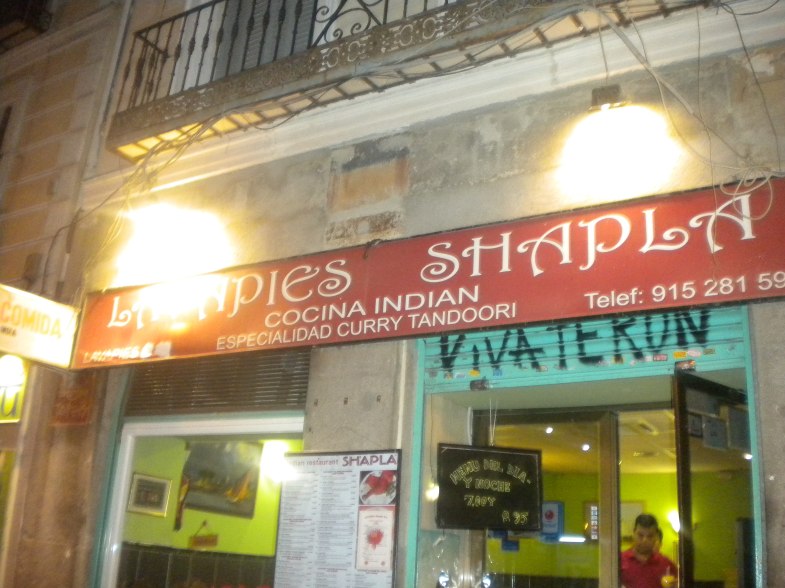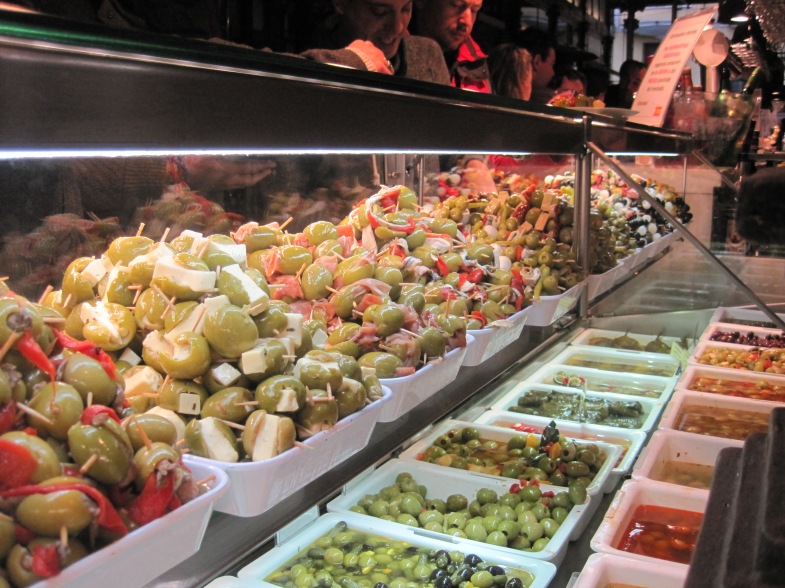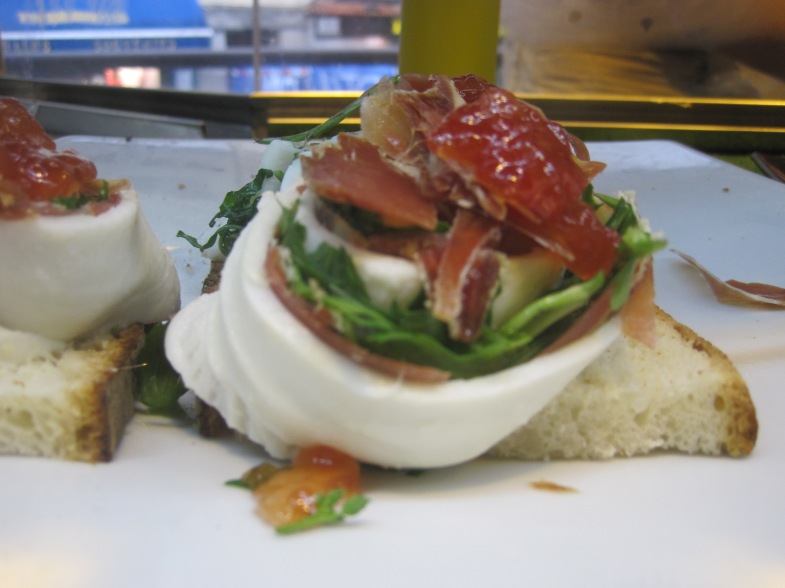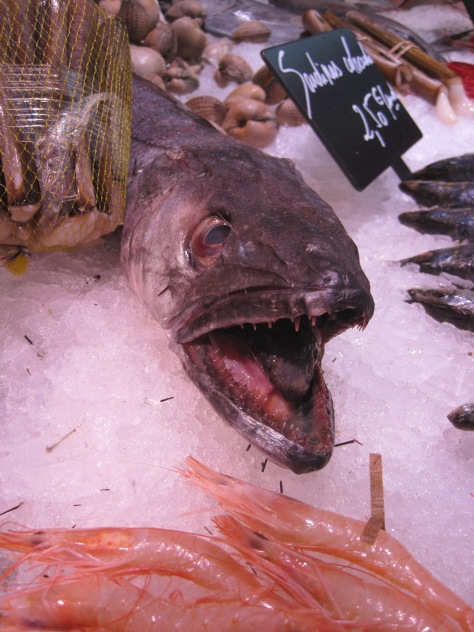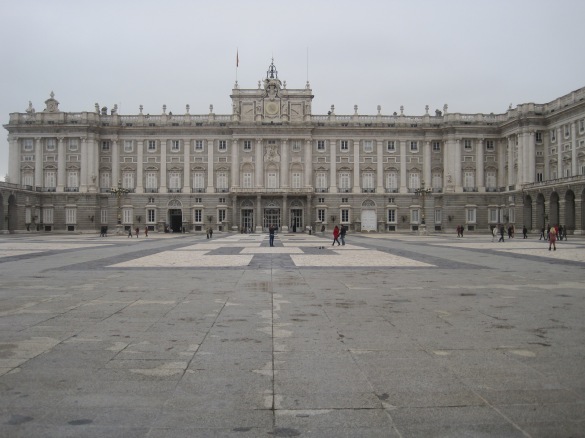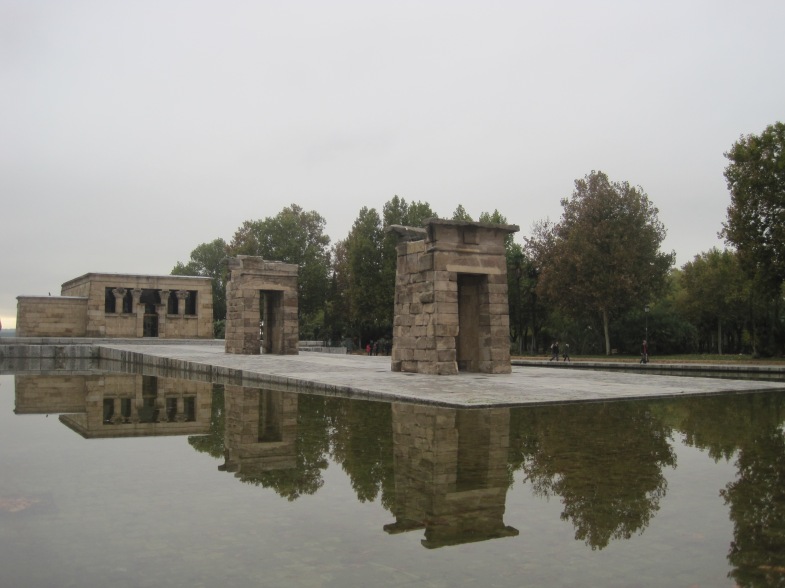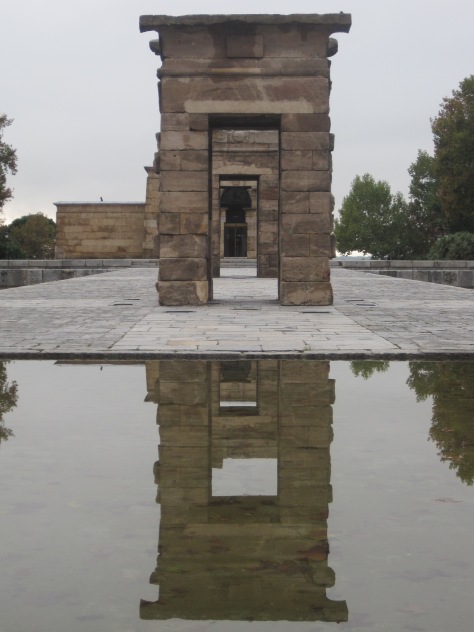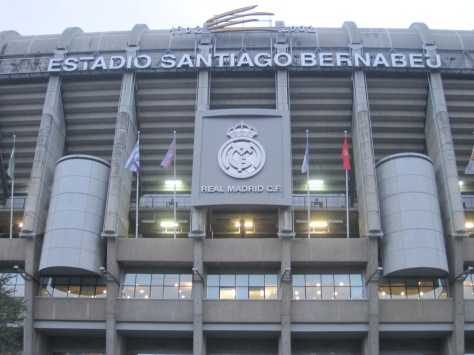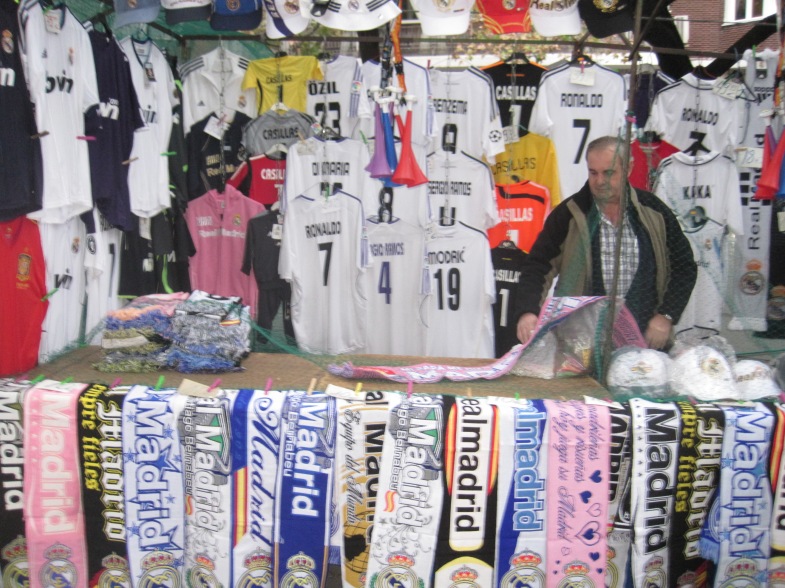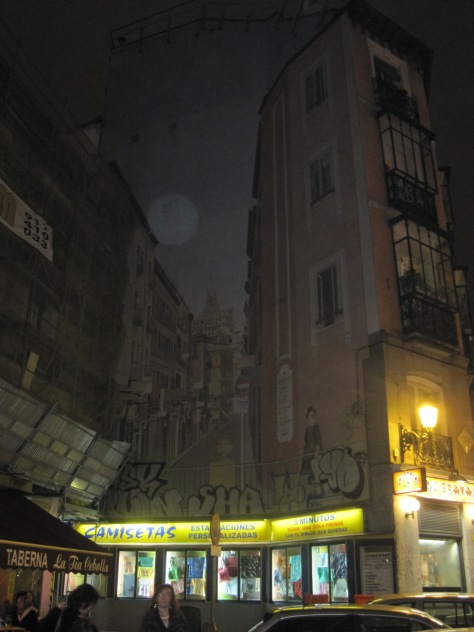There’s a knack to drinking in Spain; a certain manifesto that – given enough time – one generally becomes accustomed to. We Brits are used to a binge-drinking culture that for one reason or another didn’t go away after the Labour party brought in 24-hour licensing laws in 2005. The rationale was that it would instil more of a sophisticated, continental café-type drinking attitude. A legitimate proposal, you might argue, but doomed from the start really.
But this notion of a ‘café-drinking culture’ could only have sprung from countries like France, Belgium and indeed, Spain. Yet I often wonder how and why this is.
I can’t speak for France or Belgium but here in Spain, I’ve rarely felt sophisticated when knocking back the beers with amigos at the weekend. Not to say, of course, that civilised and responsible drinking doesn’t take place – this does happen, and is generally a daytime custom – but going out for a drink frequently means the same thing as it does in Britain: going out for a drink to get drunk. And when this happens, there are rules to follow. Thus, I doth bring you…
THE 10 SPANISH DRINKING COMMANDMENTS
One: Thou shalt choose wisely
As is the case anywhere in the world, getting to know foreign beverages duly involves many instances of trial and error. There are inevitably good ones and bad ones, which can usually be set apart judging by their respective price tags. In Spain, however, each beer, glass of wine or copa is often as cheap or costly as the next, and unless you’ve a Spanish friend on hand to help, you’ll end up having to sift your way through them all until you find a winner. Everyone has their preferences, but as a rule of thumb, don’t go for:
Cruz Campo: A Sevillana cerveza that is essentially Spain’s equivalent to Fosters, unless of course you are in Seville, where it is considered to be almost on par with holy water.
Sangría: Not only will this probably not be available, but it is a proper tourist drink that is usually made with the cheapest, nastiest wine and liquor that is too embarrassing to leave on the back bar – unless you’re at a fancy beach bar on the Costa del Sol.
Ron Negrita: A good choice if one’s sole intention is to become inebriated as quickly as possible – it’s strong, and cheap when bought from a supermarket, but be warned: the resaca is devastating.
Two: Thou shalt speak with proper tongue
In the UK we say ‘Cheers’, often not even excitedly, before we take that first, yearned-for sip. In Spain, you could probably write a book on the things to say and how to say them before getting stuck in. ‘Salud!’ is the direct translation – fair enough – but occasionally one is required to join in with longer, often rather puzzling verses, the learning of which is effectively a rite of passage for us guiris. ‘Pa arriba’, pa’ bajo, pa’ al centro, pa’ dentro!’ – ‘Up, down, to the centre, inside’ – is the most commonly used expression. Andalucíans can be crude though, as is exhibited through the use of: ‘Quien no apoya no folla, quien no recorre no se corre’ – He who doesn’t support doesn’t get laid, he who doesn’t ‘run along the surface’ doesn’t well, er, ‘finish the job’, so to speak. How British of me.
Three: Thou shalt not forget the proper traditions
As is customary to learn the local limericks and sayings, boorish as they may be, one must also respect the non-verbal rituals when out drinking in Spain. Rubbing the bottom of your glass in a circular motion on the bar or table and then banging it back down is one such example. Even today I haven’t a clue as to why we do it. I suppose it’s one of those little mysteries I enjoy being confounded by. It takes place in between saying ‘Salud!’ and taking that first swig, which is where the next practice comes in: eye contact. If you fail to make eye contact at that precise moment the first sip is taken, you are, effectively, condemning yourself to seven years of bad sex. Yes I know! I gulped too.

Four: Thou shalt exercise caution
I’ve alluded to the importance of drinking stamina in Spain before, but it really is beyond doubt the single most fundamental commandment of the 10 Spanish drinking commandments. We go all night in Spain, and if you don’t pace yourself then you could be in for a sudden case of las naúseas later on down the line. Be clever and go slow.
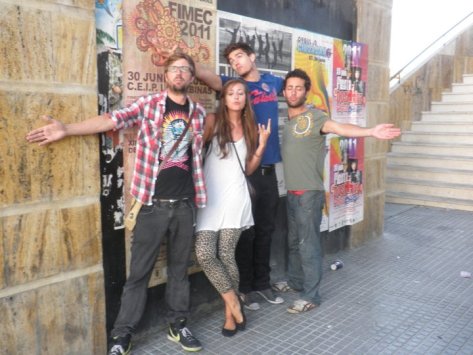
Five: Thou shalt drink at lunch time
Forget any pre-conceived idea of what society constitutes as ‘normal’ drinking hours. Any hour is a drinking hour in Spain. Some Spaniards even consider it unusual for somebody not to have a beer during a lunch break. ‘Why bother with coke?’ I was once asked. ‘It’s the same price as beer.’ Fair point really.
Six: Thou shalt not be vexed by la cuenta police
Most bars in Spain do not charge customers until they are ready to leave. This is fine, providing you are not part of a large group and have inadvertently become involved in a longwinded, tedious squabble over who’s had what and who owes who. As was touched on by Jess of HolaYessica! (in a post that I can no longer find) a few months ago, this can get very annoying. Personally, I am of the ‘let’s just split it evenly to keep it simple and painless’ sect; there’s no mood killer quite like somebody taking out their smartphone to work out how much more that person who was on the mojitos owes. However, this is often the case here in Spain and if you’re like me then you just have to learn to deal with it.
Seven: Thou shalt eat whenever possible
If there’s a tapa there, take it. As commandment four stipulates, pacing oneself is imperative if you are to make it safely to the finish line. Food is fuel and – if you’re in my neck of the woods – served free with every drink. When tapas are finished for the night (generally around midnight in most places) there’s always that tasty, irresistible-when-drunk-and-hungry alternative: el Shawarma. Best to keep an emergency pack of chewing gum about for when this happens though – don’t want to scare off that pretty Spanish girl now do we? Or boy – girls like shawarma too.
Eight: Thou shalt take a nap beforehand
A Spanish politician recently suggested that Spain do away with the siesta so as to help boost the country’s failing economy by having longer working hours. There was uproar. Siestas are fundamentally important here, whether meant as strategic pre-drinking snoozes or not. In any case, they can potentially determine the outcome of a night out: still up at dawn singing loudly, or in bed by 2am, snoring loudly.
Nine: Thou shalt attend a ‘botellon’ at least once
The term ‘botellon’ is used loosely to refer to what we Brits simply call ‘pre-drinking’. It takes place either in somebody’s home before la hora de salir in order to attain a satisfactory and cost-effective level of drunkenness, or out on the streets among hundreds of other tipple-toting dipsomaniacs. The majority of these tend to be alarmingly young looking, often because they are in fact very, very young. The police let them get on with it, providing they all stay out of trouble, and here in Granada, there is even a large, designated area, known as el Botollodromo, where this shameless debauchery takes place. Ten years ago I would have loved it. These days, however, I’d rather go for option one in the comfort of a cozy home. You might like it though.
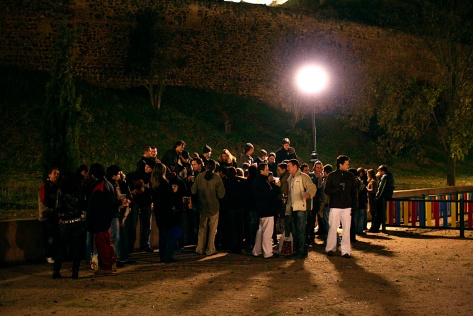
Ten: Thou shalt learn these words
Here and there I’ve inserted some useful Spanish words and phrases that you may very well need when drinking in Spain. Here are their translations, along with a few others:
‘la hora de salir’ – time to leave
‘copa’ – spirit and mixer
‘llename’ – fill me up
‘un chupito’ – a shot
‘ponme otro’ – another one please
‘cuanto cuesta?’ – how much?
‘venga otro más’ – sod it give us one more
‘buenas noches’ – good night
‘resaca’ – hangover
‘las naúseas’ – the act of being repeatedly sick
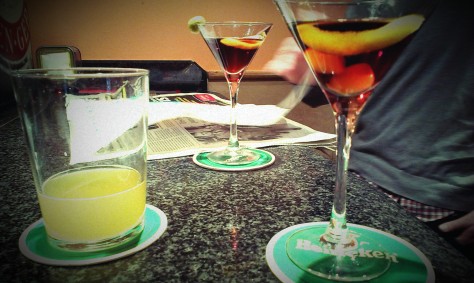
Got any more to add to the list? Let’s hear them in the comments section below…

